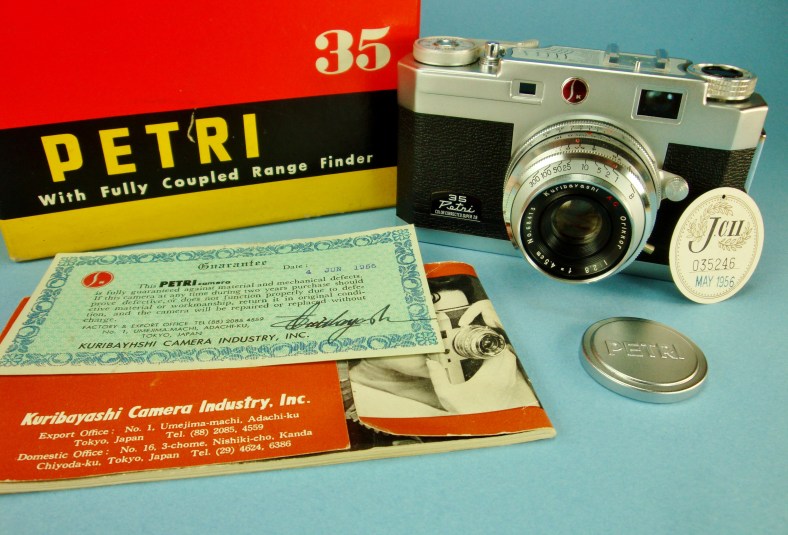
This Petri 35mm rangefinder was purchased in June 1956 at a U.S. military facility in Japan. It came with excellent documentation – sales receipt (not shown), instruction booklet, guarantee card (dated 4 June 1956), a JCII hang tag (May 1956), original metal lens cap, the leather case (not pictured) and the original box. It was nice to see that all of these items stayed with the camera after all these years.
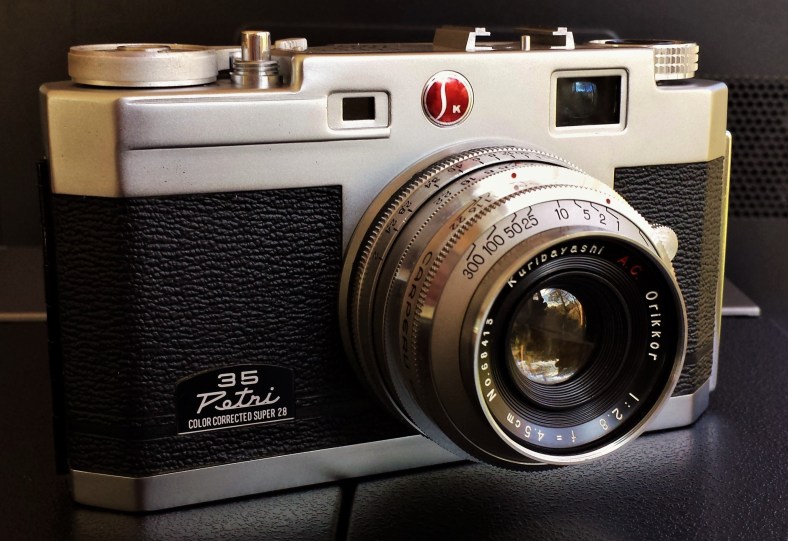
We don’t normally collect rangefinder cameras – this one was included with a Yashica TLR from the same year (and purchased by the original owner at the same time). After some initial cleaning and inspection it was discovered that the lens (last element inside) was ripe with fungus. I had a feeling it would (most of this era do) as it still had a roll of film inside with a light white haze on it. Not a good sign. Everything worked on the camera but there was no point in testing it with a fresh roll of film – way too much fungus. I don’t try to clean the lenses on these types of cameras. My one and only attempt resulted in a completely clouded lens.
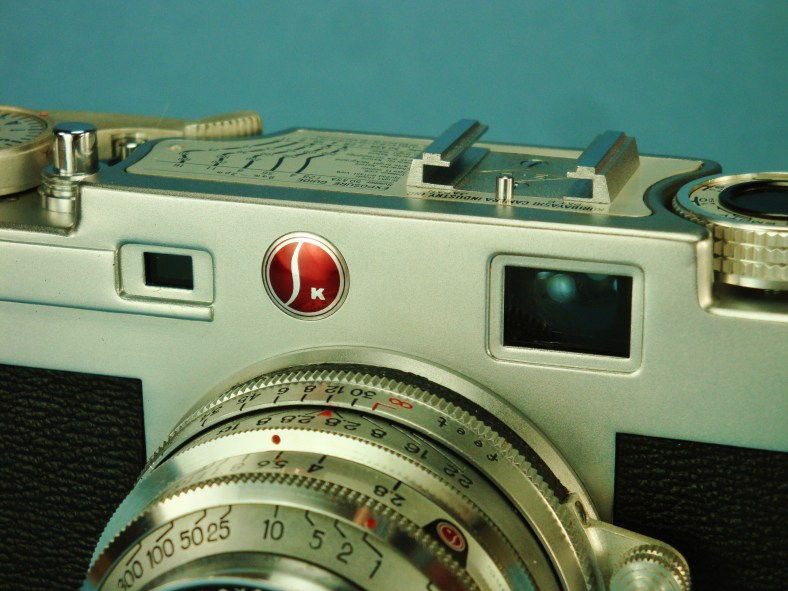
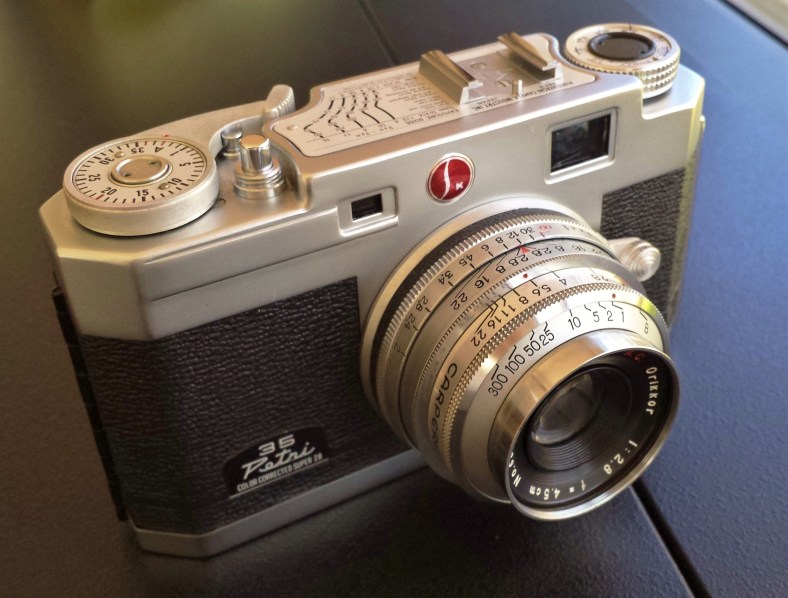
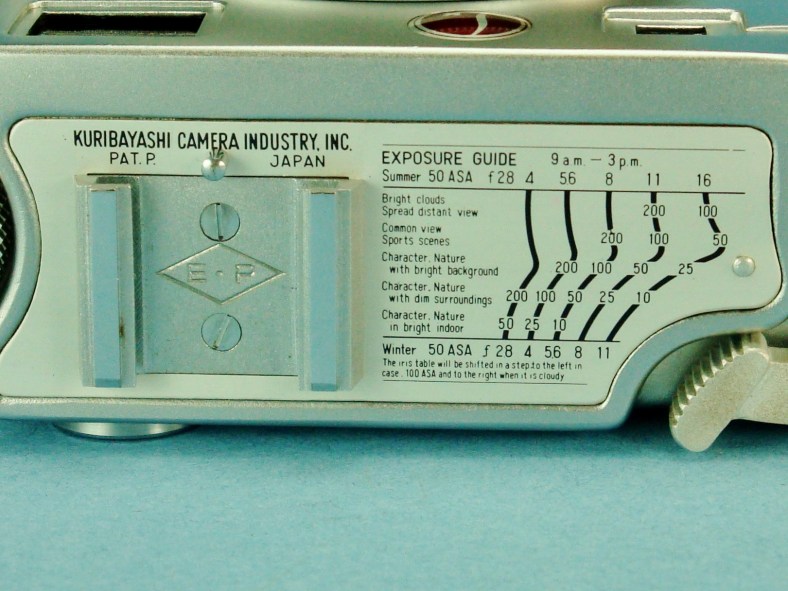
In our opinion, this mark identifies mostly cameras and camera equipment and sometimes electronics like stereos, that were sold in Japan for export. The <E.P> stands for ‘Exempt Product or Exempt Purchase’ to let customs officials know that fees (taxes and the like) were not paid. This allowed foreigners living in Japan to buy high quality products and not pay taxes as long as it was purchased for personal use. Mostly available at U.S. military facilities (Navy Exchange and the like). May have also been available for diplomats and their families and tourists that shopped in the duty free shops. Notice that the symbol is on the camera’s cold shoe (accessory shoe). The camera maker could easily change the shoe for a camera made for sale in the domestic market.
This lovely set is now proudly owned by a collector in Italy. He purchased it with full disclosure on our part that the lens had fungus. Some of our more collectible Yashima-Yashica twin-lens reflex (TLR) cameras have some fungus and mold spots. They have all been exposed to strong sunlight and are stored properly to prevent further fungus and mold growth.
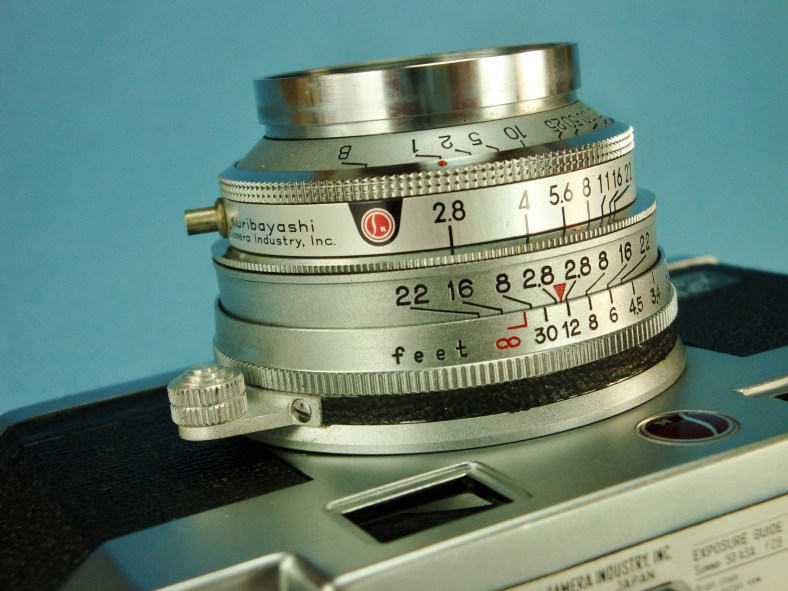
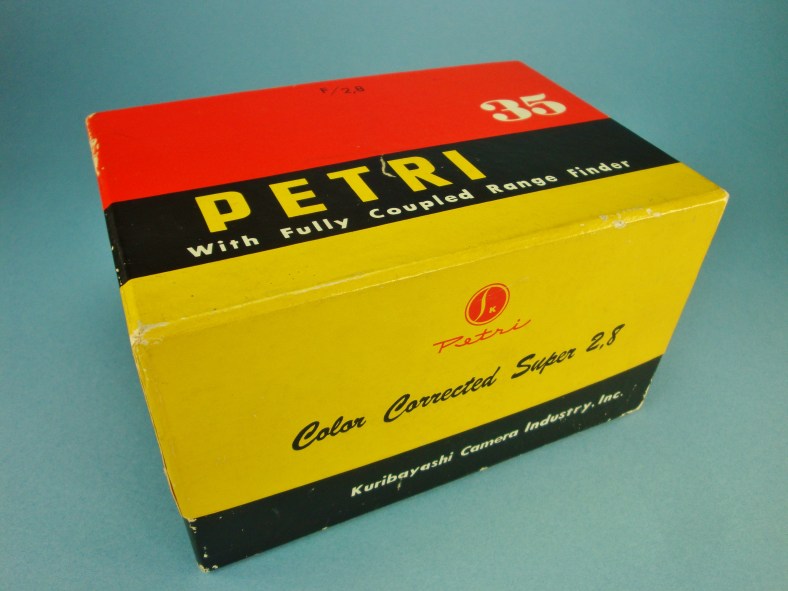
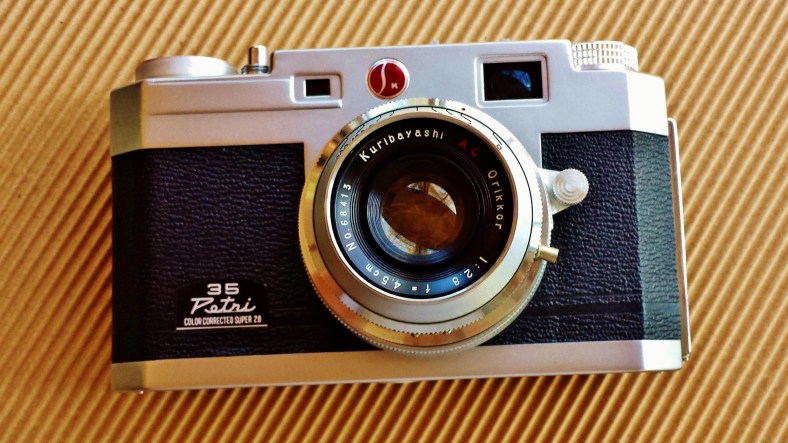
So there you have it – a short photo essay on a very attractive camera and set from Petri. We wish that it could have stayed in our collection since it was so complete – but our true focus is Yashica 35mm SLRs and Yashica TLRs with an occasional rangefinder thrown in for fun!
Camera(s): Sony DSC-W170 and Samsung Galaxy S4
Many thanks for your visit – comments are always welcome. Chris & Carol ^.^
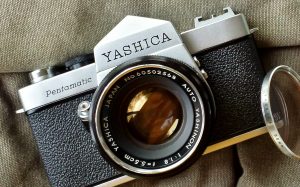
That’s a beautiful camera. Too bad for the fungus.
LikeLiked by 1 person
I know. It had all the necessary ingredients for mold and fungus – kept in its leather case inside a cardboard box and with a roll of film (ca. 1963) half shot in it. Oh well.
LikeLiked by 1 person
Best recipe for fungus…. just add a tad of humidity
LikeLiked by 1 person
If there is a particular camera you are looking for maybe I can search in Tokyo for you.
LikeLiked by 1 person
Why thank you. As you may have guessed, I’m totally into most anything Yashica. Specifically the Yashica Pentamatic – the original (Model I), Pentamatic II and the Pentamatic S. They were never produced in large quantities and the Model II is very rare (in the U.S.). But Pentamatics are prone to some serious issues – the mirror locks in the up position and the shutter won’t fire. I do collect Yashica sales brochures from almost any era but I’m thinking that they aren’t typically found in second-hand shops. If you find lenses for 35mm cameras and they have Tomioka or Tominon on the front lens ring then grab it!
Thanks again and I do appreciate your help. BTW, the lab in California has my Yashica L AF pics for processing. I’m hoping they scan them to me by Friday.
LikeLike
Ok send me photos to my email for anything specific, but I will keep a look out for the brochures. Go to camera fairs sometimes.
LikeLiked by 1 person
OK great!
Thanks
LikeLike